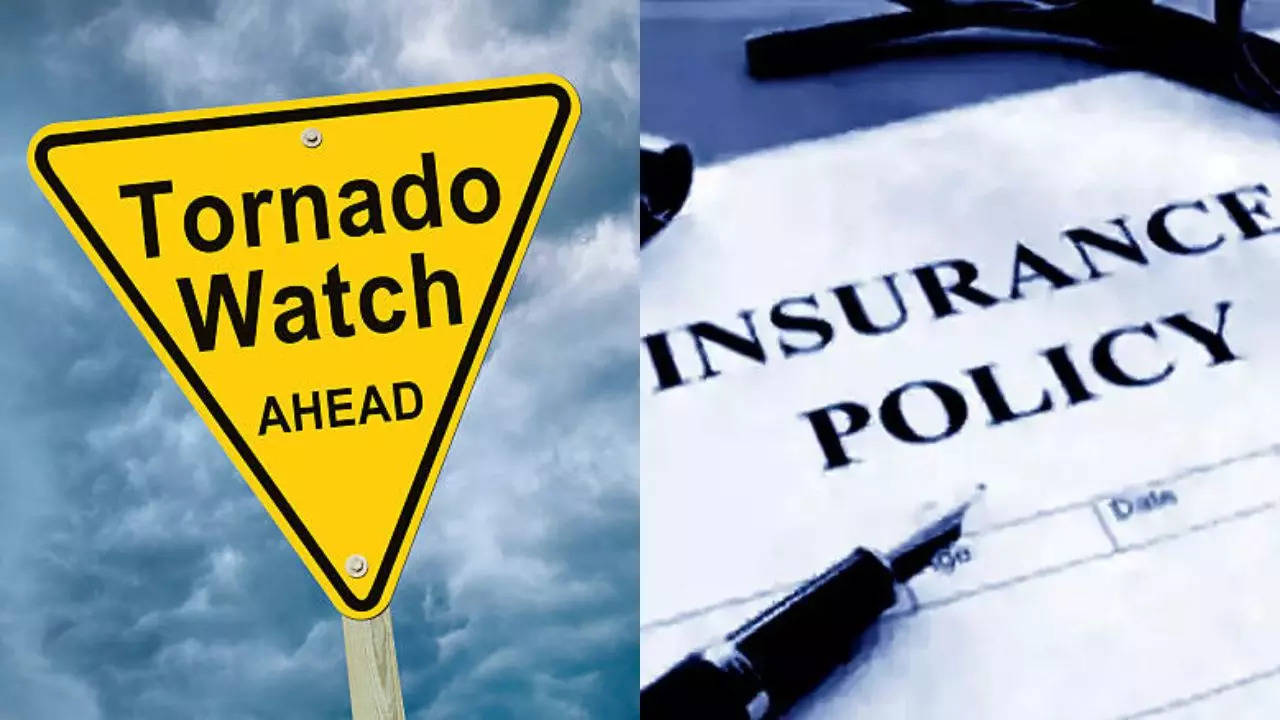Home Damaged In Tornadoes? Here's How Insurance Can Help
Tornadoes pose a significant threat to homeowners, as the wind and hail they bring can swiftly devastate properties and possessions. Hail and wind are two common risks that are covered by standard homes insurance. In the event that wind damage from tornadoes causes damage to the home, dwelling coverage under these policies may help pay for rebuilding or repairs. In a similar vein, replacement or repair of lost or destroyed items might be facilitated by personal property coverage.

Representational Images Via Istock.
Photo : iStock
Tornadoes pose a significant threat to homeowners, as the wind and hail they bring can swiftly devastate properties and possessions. The extent to which homeowners insurance covers tornado damage hinges on several factors, including location, coverage type, and policy provisions.
Hail and wind are two common risks that are covered by standard homes insurance. In the event that wind damage from tornadoes causes damage to the home, dwelling coverage under these policies may help pay for rebuilding or repairs. In a similar vein, replacement or repair of lost or destroyed items might be facilitated by personal property coverage. But some insurance might not cover wind damage, so it's important to carefully review the specifics of the policy.
When submitting an insurance claim, deductibles must be taken into account because, typically, policyholders must pay this amount up front before getting coverage benefits. Furthermore, coverage limits specify the highest sum that an insurance policy will pay for a covered loss; therefore, it is necessary to check policy coverages to make sure they are adequate.
Flood damage resulting from tornadoes is typically not covered by homeowners insurance policies, necessitating separate flood insurance through the National Flood Insurance Program. However, coverage may extend to rainwater intrusion caused by wind or hail damage to the roof, contingent upon policy provisions.
Insurers usually provide replacement cost coverage or actual cash value coverage for personal property reimbursement. The former makes up for the objects' lost worth, and the latter makes it easier to get reimbursed for the money spent on replacing damaged things with comparable ones. Policyholders have a choice between these choices, albeit the replacement cost coverage may come with a higher premium.
Tornado-related flood damage is usually not covered by homes insurance, thus additional flood insurance under the National Flood Insurance Program is required. Subject to the terms of the policy, coverage can, nonetheless, include rainwater infiltration brought on by hail or wind damage to the roof.
Property damage can also result from trees falling during tornadoes. Depending on the details of the policy and the conditions surrounding the tree's fall, insurers may or may not pay for such damage. For example, if the tree fell into the house due to wind, and wind is a covered risk, insurance companies could pay for the repairs. If, on the other hand, the tree fell due to carelessness or problems with upkeep, coverage can be rejected.
To be ready for unanticipated catastrophes like tornado damage, one must comprehend the complexities of insurance coverage. It is thus recommended that homeowners carefully go over insurance documentation to determine the specifics of their coverage.
Trending:
End of Article
Subscribe to our daily Newsletter!
Related News





Portugal Could Be Suspended From Schengen? What We Know

Argentina President Javier Milei Takes Superhero Avatar To Fight Economic Recession | VIDEO

'Odd Signature' Members Meet With Road Accident In Panchdona, Vocalist Ahasan Tanvir Piyal Killed

Da Vinci Decoded: Mona Lisa Mystery Has Finally Been Solved, Geologist Claims

Who Is Wyatt Busby, Billy Chemirmir's Cellmate Who Allegedly Killed Him?









